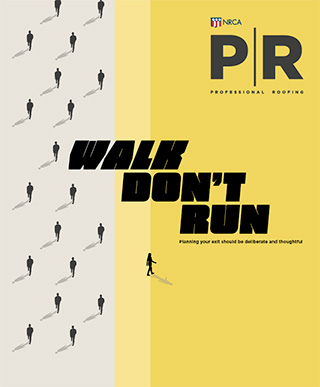
In June, the Supreme Court issued a decision in the case of Loper Bright Enterprises v. Raimondo that overturned the long-standing Chevron deference doctrine. The judicial doctrine arose from a 1984 decision in which the high court had ruled, in the case of Chevron U.S.A. Inc. v. National Resources Defense Council Inc., that courts should defer to federal agencies in legal challenges to regulatory decisions in situations where the governing statute is ambiguous and the agency’s action is reasonable.
The basic reasoning in the Chevron case was administrative agencies possess more expertise in the subject matter being regulated compared with the judges who rule on legal challenges to regulations. During the past 40 years, courts have generally followed this directive and deferred to agency determinations in regulatory matters unless it was clear legal authority had been exceeded.
In the Loper Bright Enterprises case, a 6-3 majority of the Supreme Court ruled courts have an equal role in resolving disputes regarding regulatory matters when ambiguities in the law are present.
“The Framers anticipated that courts would often confront statutory ambiguities and expected courts would resolve them by exercising independent legal judgment,” Chief Justice John Roberts wrote in the decision. “Chevron gravely erred in concluding that the inquiry is fundamentally different just because an administrative interpretation is in play.”
This ruling shifts considerable power from the executive branch to the judicial branch of the federal government.
With the Loper Bright Enterprises ruling in place, courts no longer will be required to defer to administrative agencies when considering legal challenges to agency regulatory actions. Judges will have the discretion to exercise independent judgement on individual cases. This could greatly increase the chances of success when private sector entities, such as businesses or trade associations, challenge regulations in court.
The decision could affect a wide array of regulatory activity. Labor and employment law is one area expected to be affected and the Department of Labor may alter how it develops and enforces regulations in the future.
Moreover, the dismissal of Chevron deference could directly affect existing legal challenges to recent DOL regulations, including the agency’s independent contractor rule issued in 2023 and its rule modifying how employees are subject to overtime compensation requirements under the Fair Labor Standards Act. Also, the ruling is expected to significantly affect environmental and climate-related regulations issued by the Environmental Protection Agency.
One example of particular interest to NRCA members is a regulation issued by the Occupational Safety and Health Administration modifying the procedures under which workplace inspections are performed, which took effect in May. When OSHA originally proposed the rule, NRCA and allied construction associations filed comments outlining concerns on behalf of their members, but OSHA failed to make any accommodations before issuing its final rule. A lawsuit has been filed by a coalition of business groups challenging the rule on the grounds the agency exceeded its authority under the Occupational Safety and Health Act of 1970 when issuing the regulation. The chances for a favorable ruling for the plaintiffs on this lawsuit may have improved with the overturning of Chevron deference.
With more legal scrutiny of regulations from the courts, another potential implication of the Loper Bright Enterprises decision is agency officials may come under pressure to refrain from exceeding their legal authority when developing regulations. NRCA hopes removing the Chevron deference provides greater incentives for agency officials to work cooperatively with stakeholders to issue balanced regulations that are less burdensome rather than proceeding despite objections and then fighting in court.
The Loper Bright Enterprises decision has implications for the legislative branch, as well. It may put more responsibility on Congress to be more precise when drafting, enacting and amending laws that provide the authority for agencies to issue regulations. The tendency of Congress to delegate authority to administrative agencies through ambiguous laws has been a decades-long phenomenon that has diminished the power of the legislative branch while increasing the power of the executive branch. Congress can seize back the power it has ceded, but the Loper Bright Enterprises decision may provide increased opportunities for congressional action. Republicans in Congress are looking at how the ruling can help them advance a more deregulatory agenda.
It will be interesting to see how much of an effect the Supreme Court’s landmark decision has on regulatory policy in the near future. NRCA will be monitoring this issue closely as we continue fighting for more sensible, less burdensome regulations on behalf of our members.
DUANE L. MUSSER is NRCA’s vice president of government relations in Washington, D.C.



